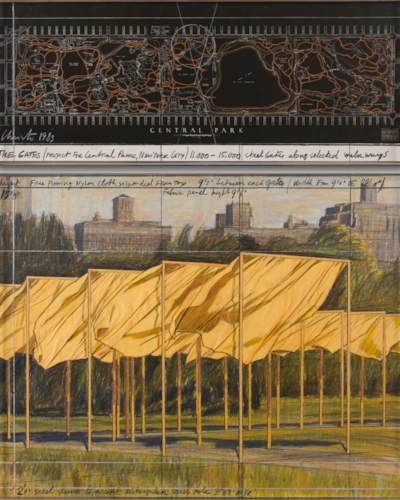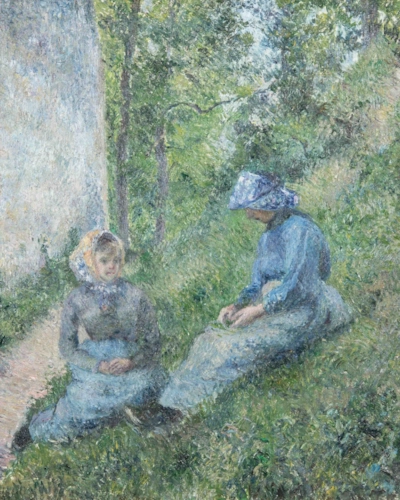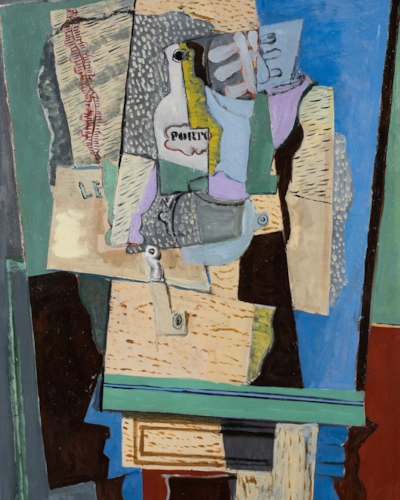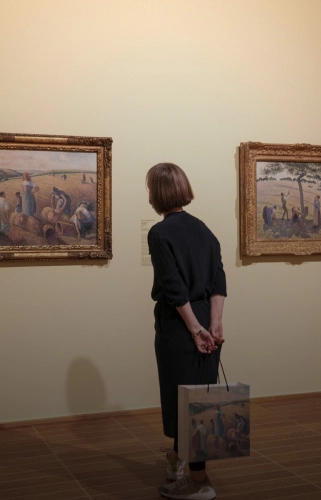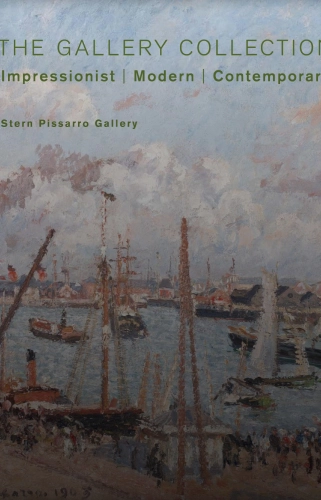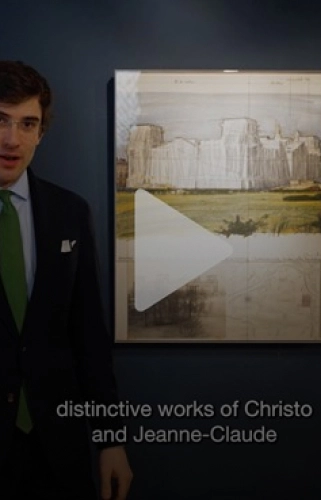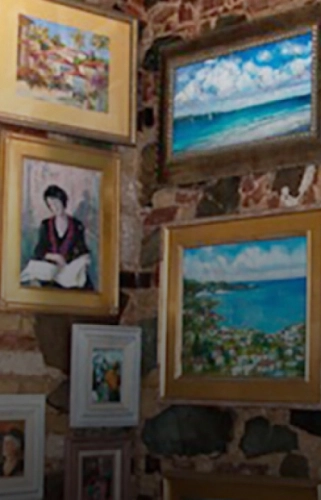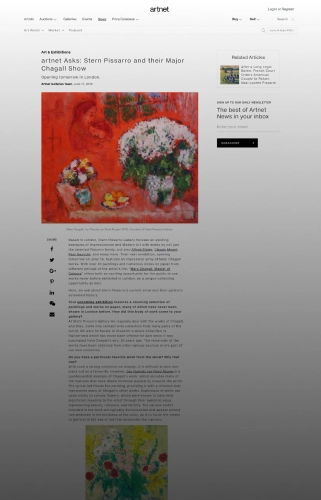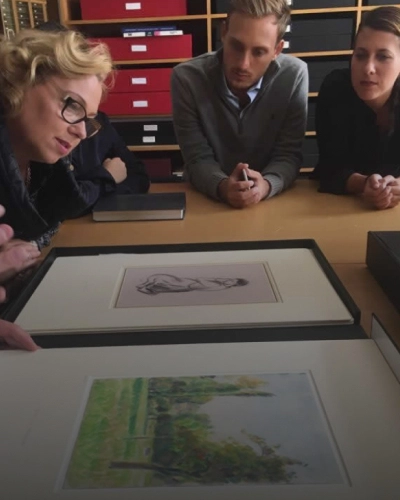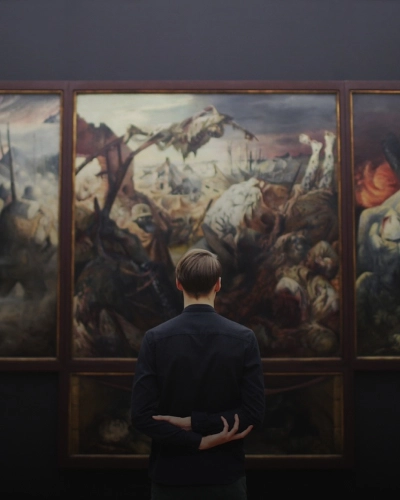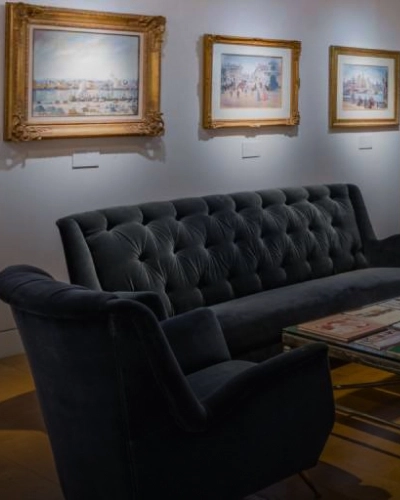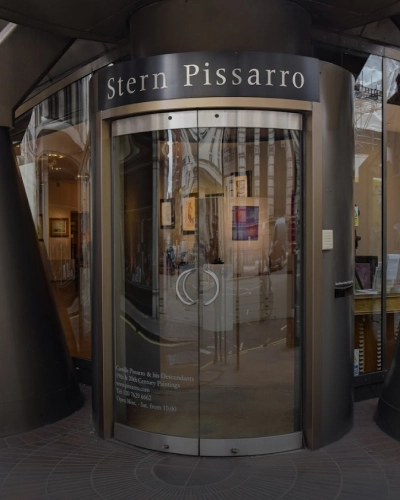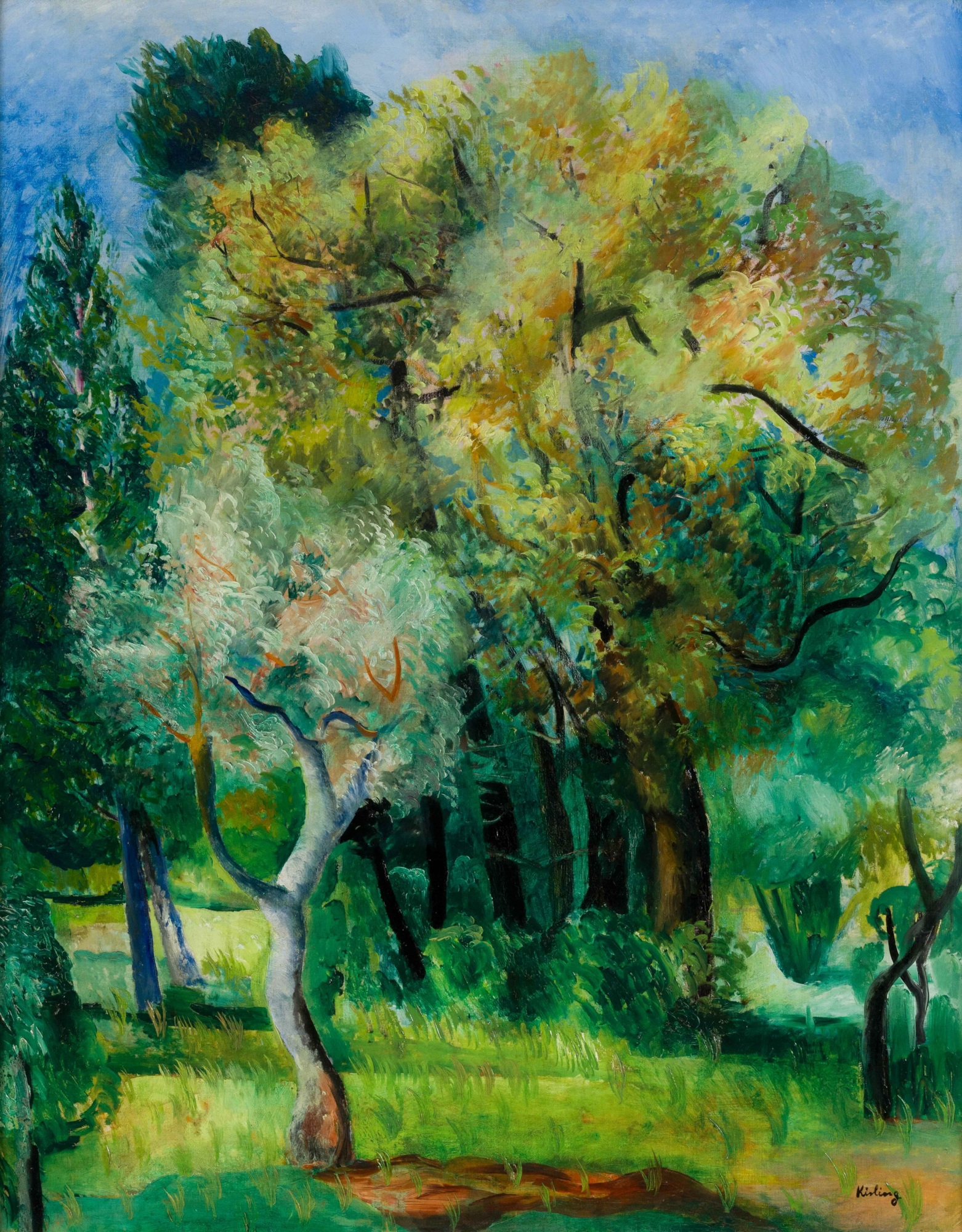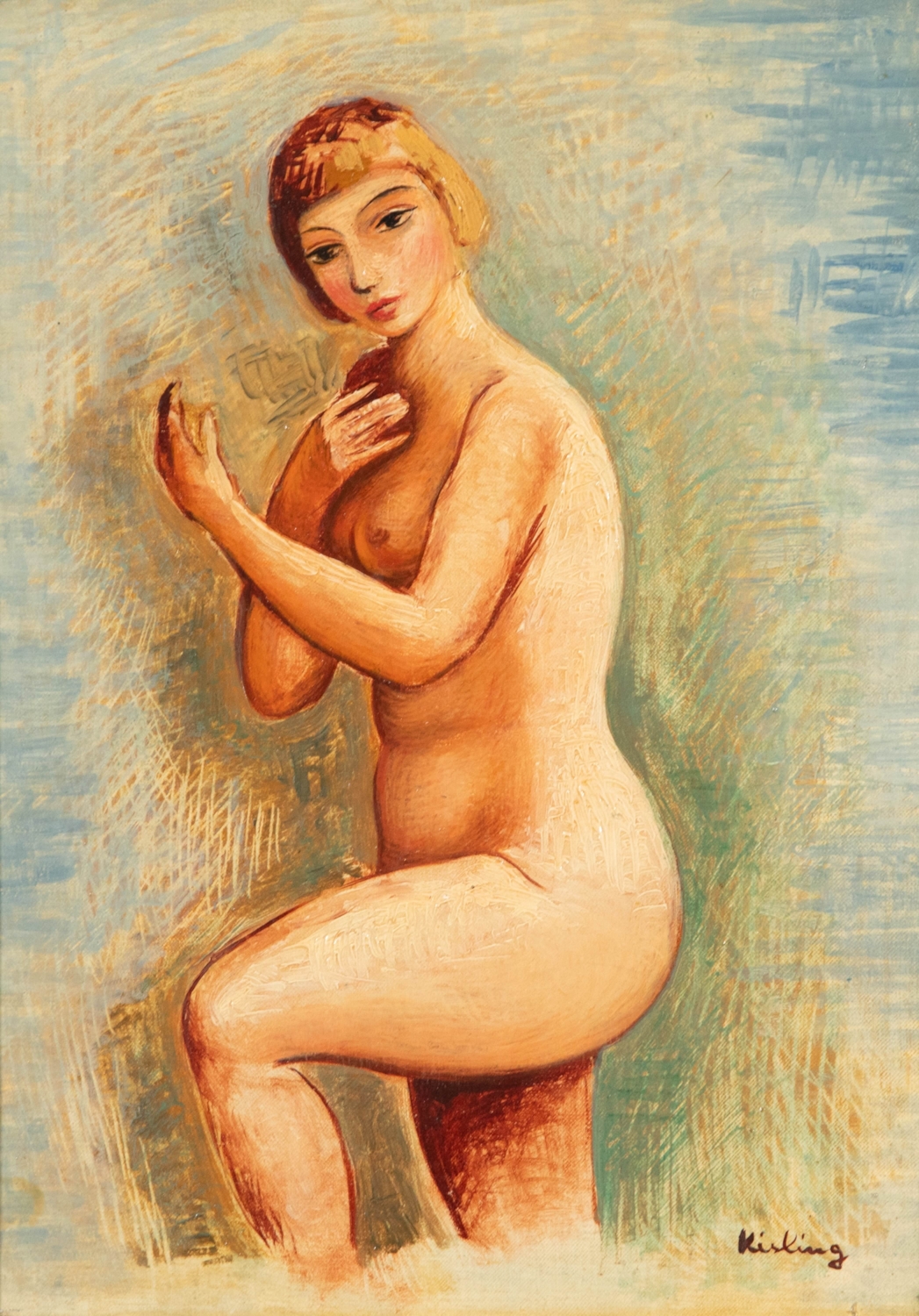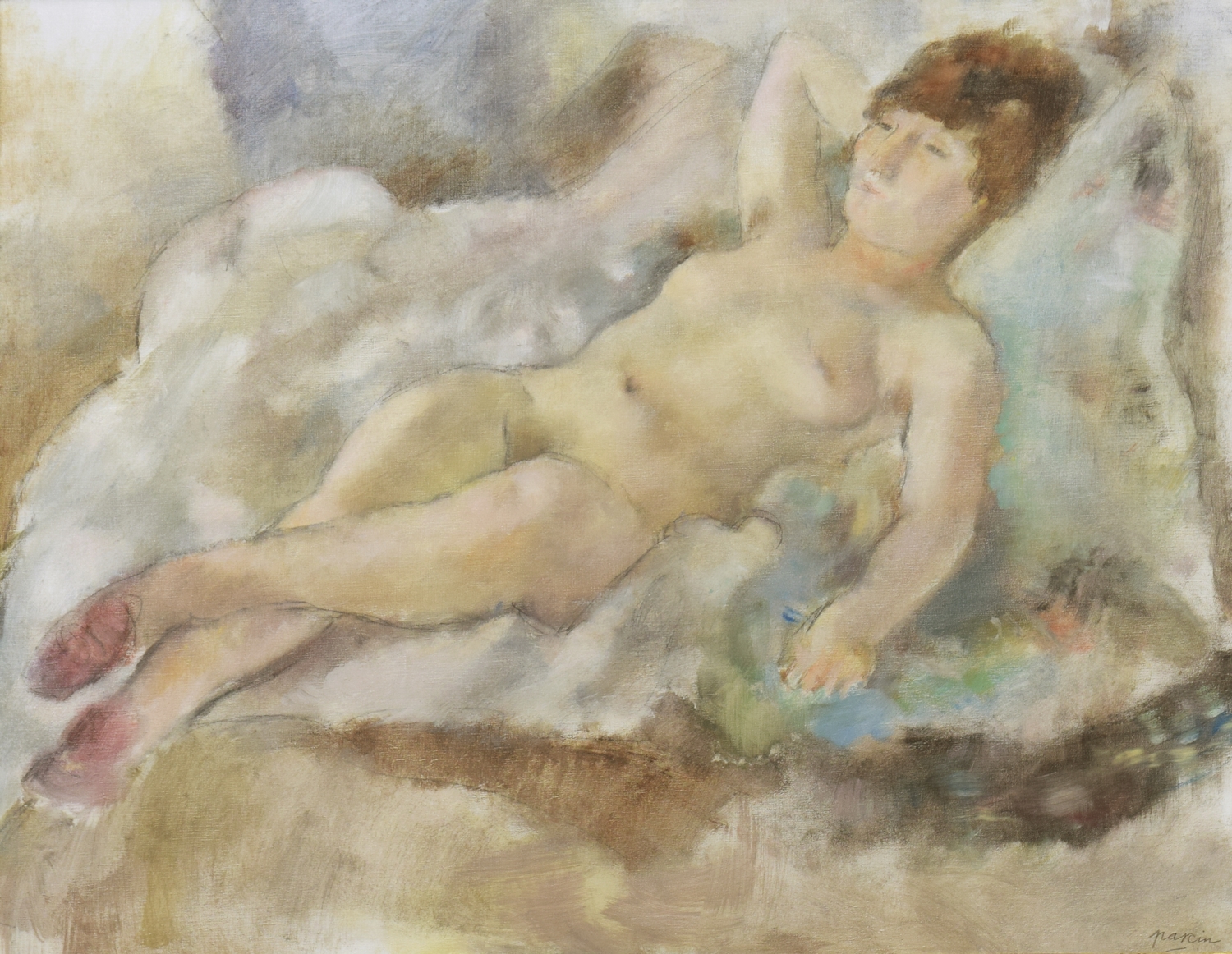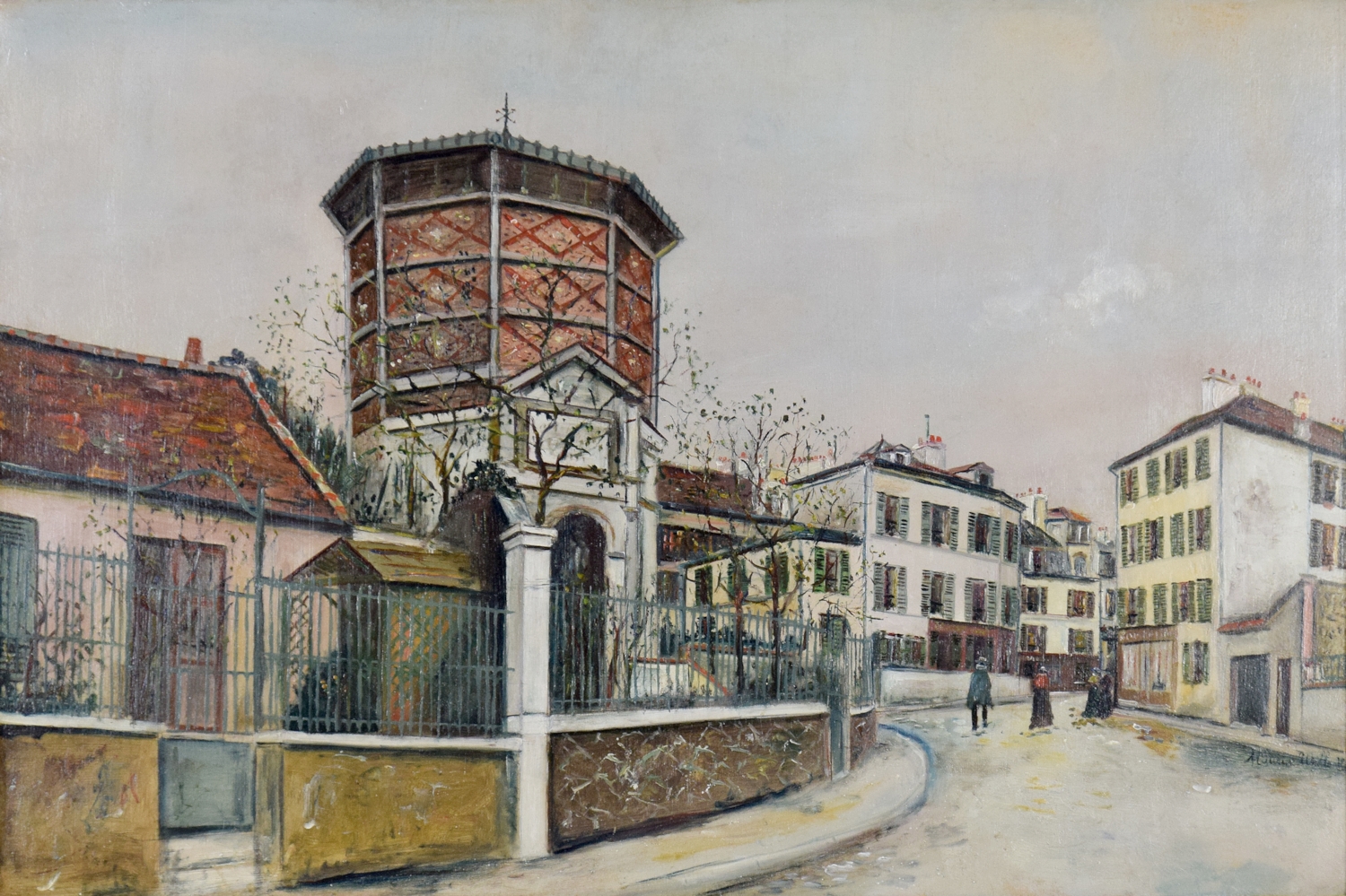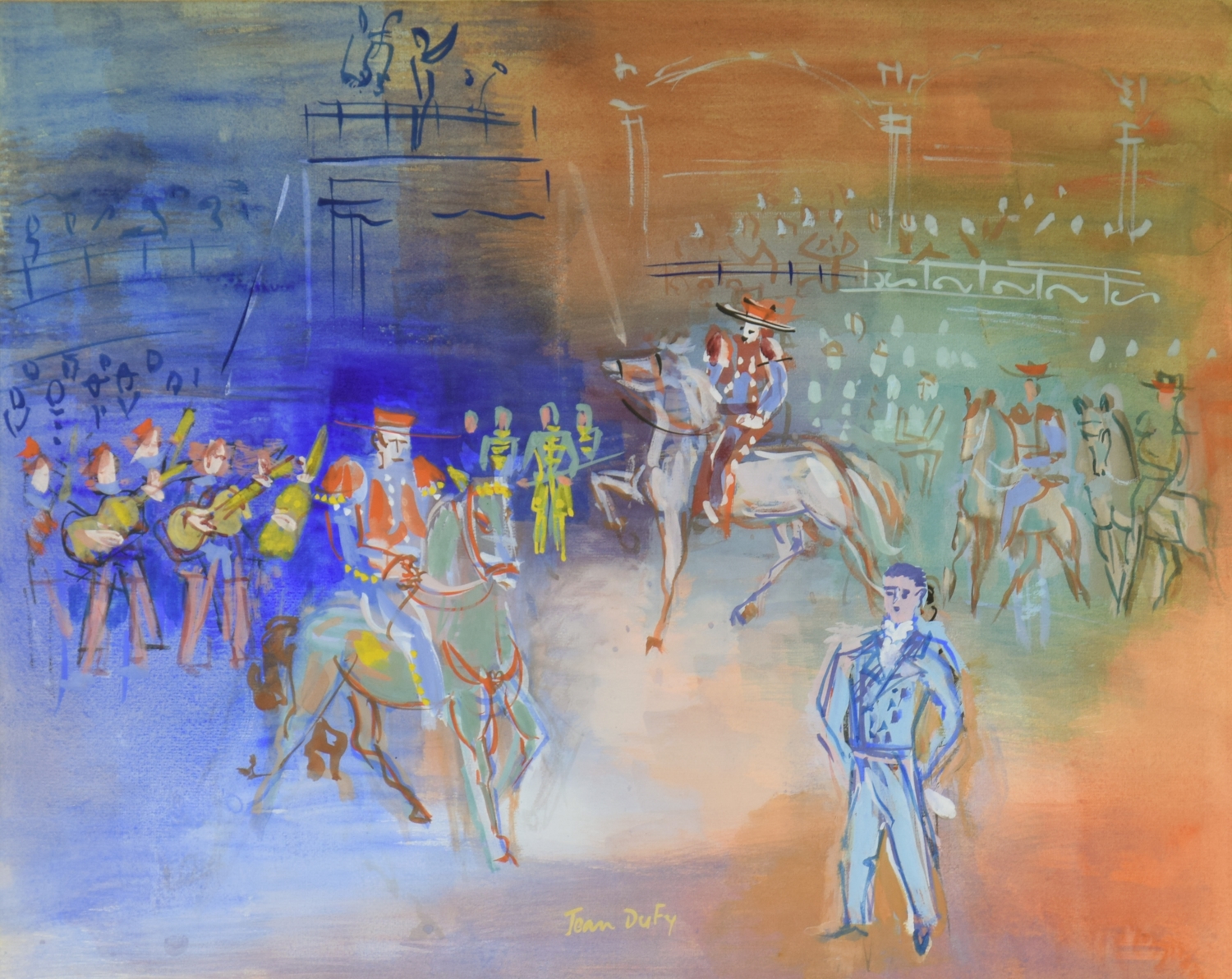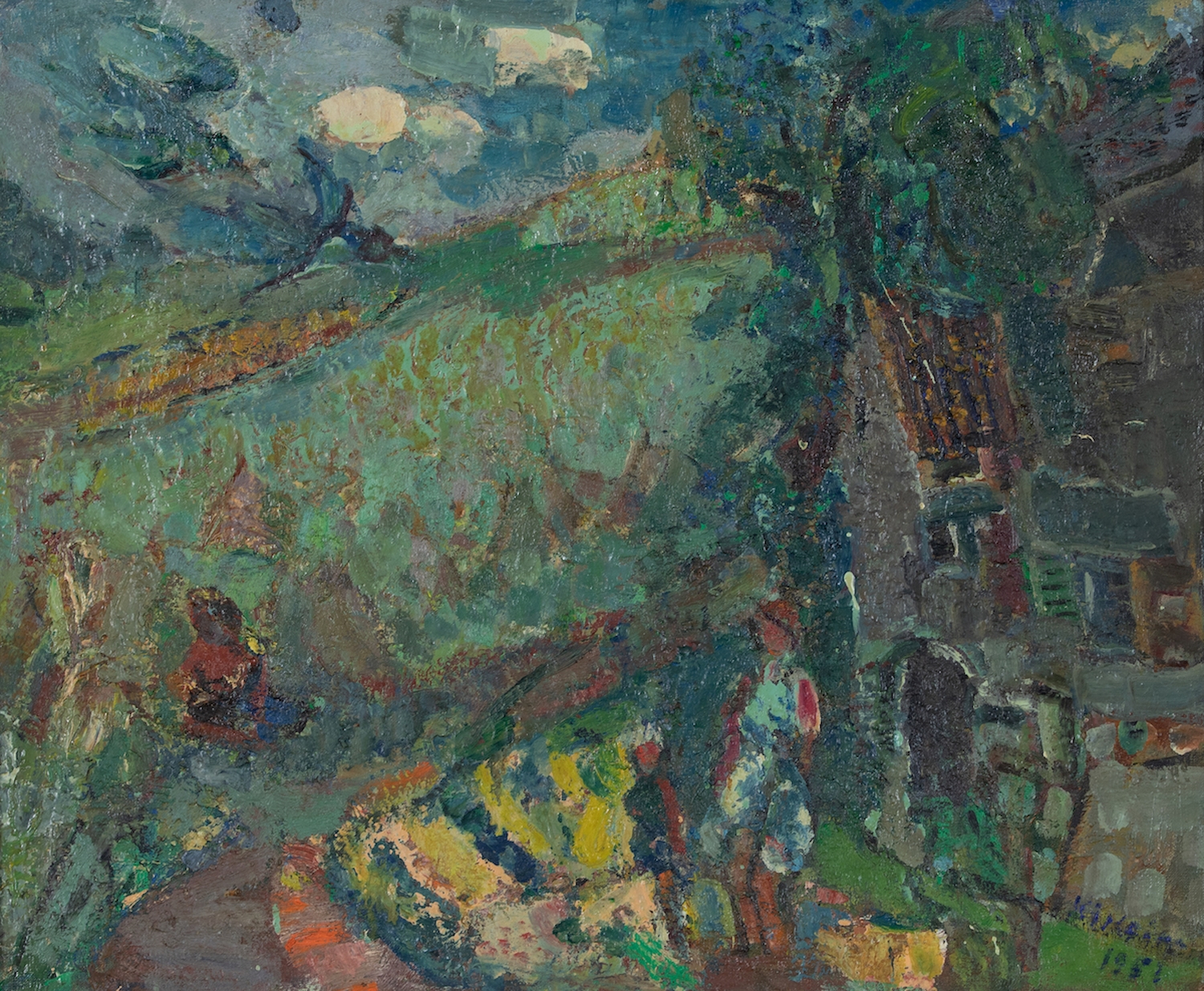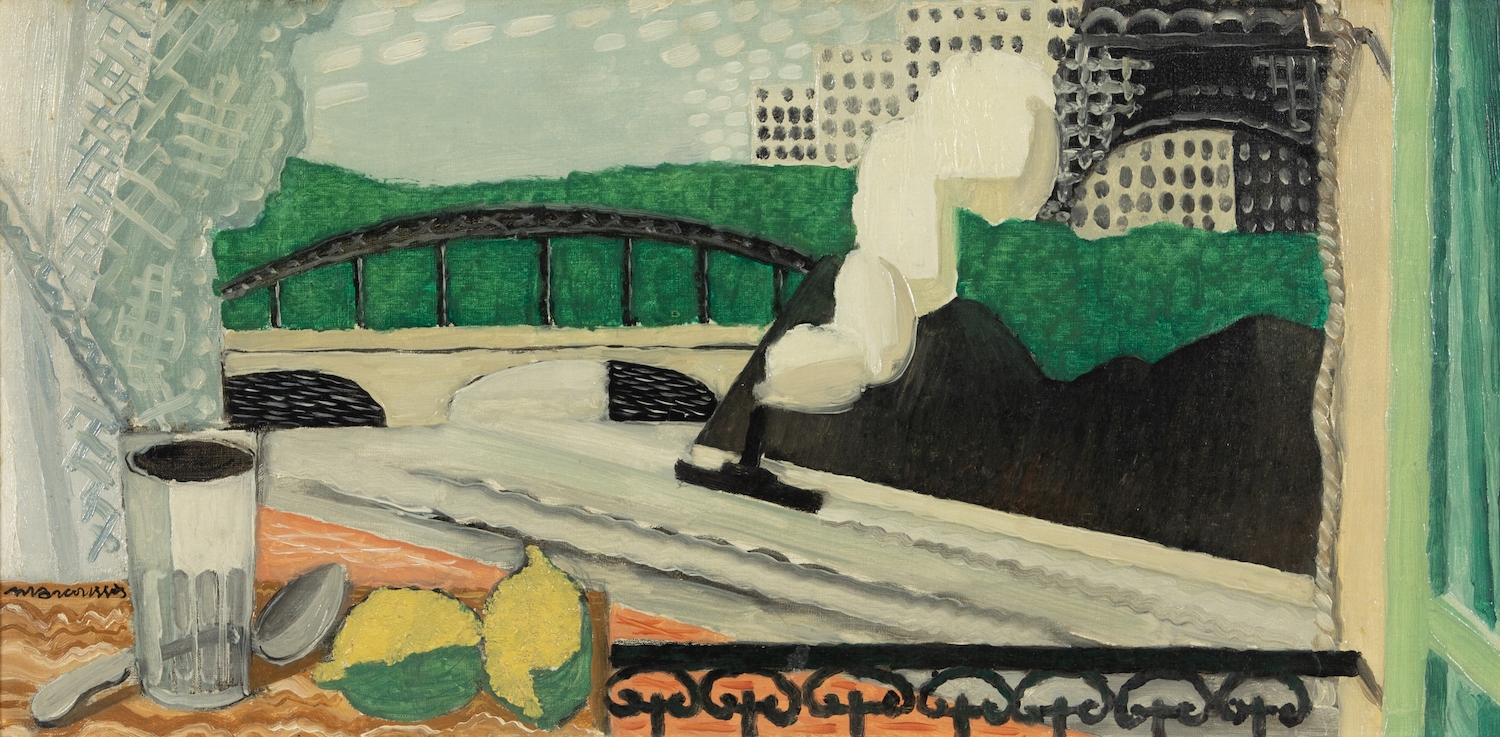Moïse Kisling
1891 - 1953
Paysage de Provence
92.5 x 72.7 cm (36 ³/₈ x 28 ⁵/₈ inches)
Signed lower right, Kisling
Executed in 1921
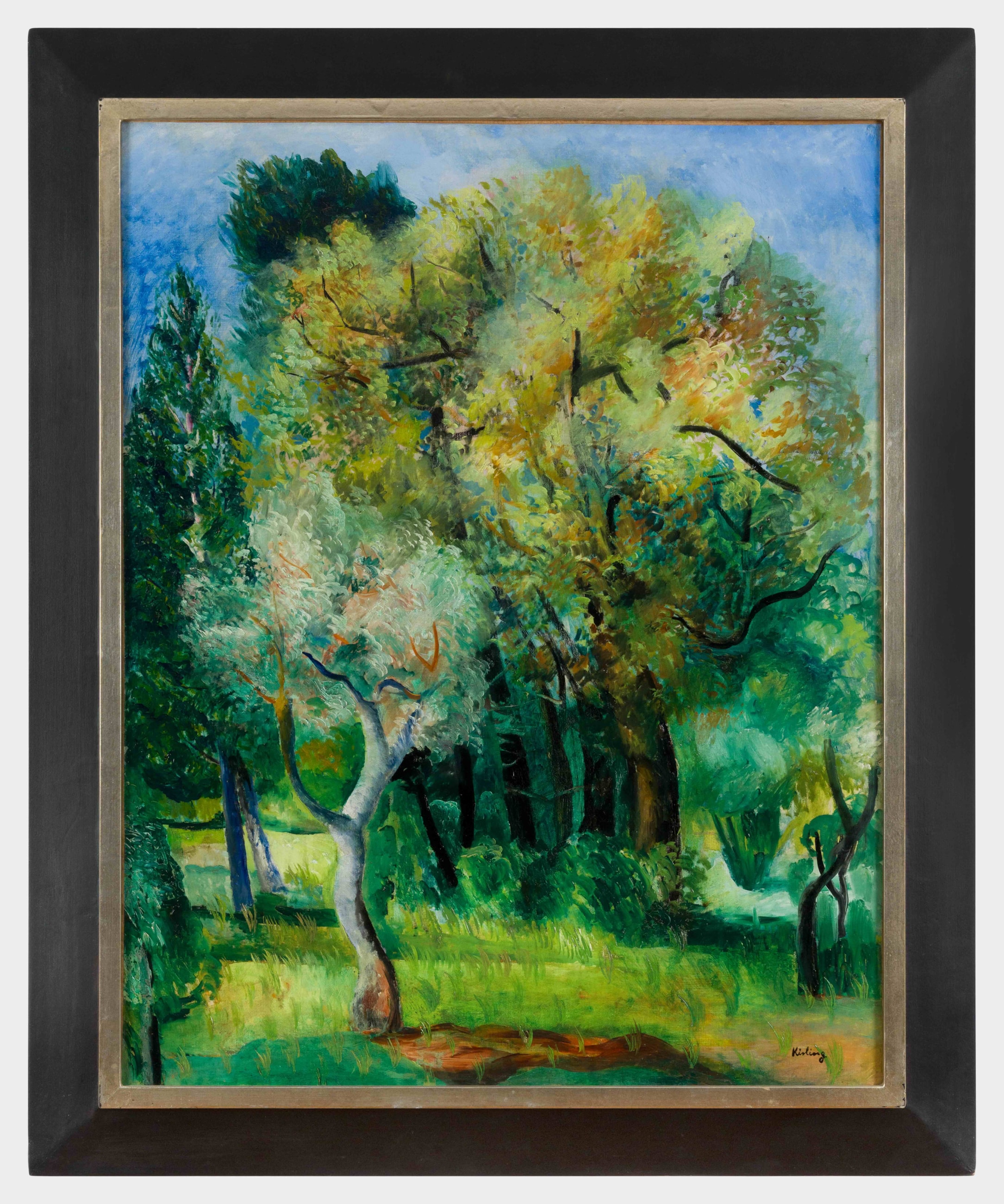
Private collection, Paris
Private collection, Austria
Moïse Kisling’s Paysage de Provence is a brilliant display of the modernist’s mastery of vibrant color and bold form, capturing the radiant beauty of the Provençal landscape. This work exemplifies Kisling’s daring use of contrasting colors and dynamic line work, infusing the natural world with emotional intensity that underscores his groundbreaking vision. Created during a pivotal period of innovation in Kisling’s career, Paysage de Provence offers a vivid portrayal of both nature’s splendor and the artist’s creative genius.
In this striking composition, Kisling reimagines the landscape of Provence, choosing to focus not on the wide expanse of land but on an intimate grove of trees. Each tree in the scene stands as its own character—some with the light bark and silvery leaves of olive trees, others with the stately presence of evergreens. The deciduous trees at the center, poised on the brink of autumn, provide a rich variety of greens, golds and browns, showcasing Kisling’s remarkable ability to evoke seasonal change and the diversity of life. His painterly technique—characterized by strong, dark edges juxtaposed with feathery brushwork and an expansive color palette—gives the scene a dreamlike quality while still maintaining a firm connection to the natural world.
Moïse Kisling was an important Polish-born French painter who became a significant figure in early 20th-century modern art, especially associated with the School of Paris, a group of international artists who made Paris the epicenter of creative activity. Kisling moved to Paris in 1910, where he interacted with key artists of the time, including Amedeo Modigliani, Pablo Picasso and Jules Pascin, gaining prominence for his striking style. Kisling’s works are recognized for their emotional depth and luminosity, and this landscape is no exception. Today many of Kisling's paintings are held in prestigious public collections, including the Harvard Art Museums, the British Museum, and the Metropolitan Museum of Art.
This original artwork by Moïse Kisling is available for immediate purchase.
Moïse Kisling
biography
In 1910, Kisling moved to Montmartre in Paris, and a few years later to Montparnasse where he lived for the next 27 years and became part of an émigré community which included the artists Amedeo Modigliani, Georges Braque, Pablo Picasso, Jules Pascin, Max Jacob, André Salmon and Chaïm Soutine. Jules Pascin and later Amedeo Modigliani lived in the same building and Modigliani painted a portrait of him in 1916 (in the collection of the Musée d'Art Moderne de la Ville de Paris).
His style used in painting landscapes is similar to that of Marc Chagall and, a master at depicting the female body, his surreal nudes and portraits earned him the widest acclaim.
At the outbreak of World War I he volunteered for service in the French Foreign Legion, and in 1915 he was seriously wounded in the Battle of the Somme, for which he was awarded French citizenship.
Kisling volunteered for army service again in 1940 during World War II, although he was 49. When the French Army was discharged at the time of the surrender to the Germans, Kisling emigrated to the United States as he rightly feared for his safety as a Jew in occupied France. He exhibited in New York and Washington. He settled in California, where he lived until 1946.
Moise Kisling returned to France after the war and defeat of Germany and died in 1953 in Sanary-sur-Mer, Var, Provence-Alpes-Côte d'Azur, France where a residential street in the town is named after him.
Moïse Kisling
biography
you may also like
1885 - 1930
Rebecca Couchée
73.1 x 91.8 cm (28 ³/₄ x 36 ¹/₈ inches)
1883 - 1955
Place Jean-Baptiste-Clément
51.3 x 76.2 cm (20 ¹/₄ x 30 inches)
1888 - 1964
Parade Mexicaine
45.1 x 55.6 cm (17 ³/₄ x 21 ⁷/₈ inches)
1892 - 1968
Paysage d'Annay-sur-Serein
54 x 65 cm (21 ¹/₄ x 25 ⁵/₈ inches)
1878 - 1941
La Seine et la Tour Eiffel, vue d'un balcon
33 x 66 cm (13 x 26 inches)

